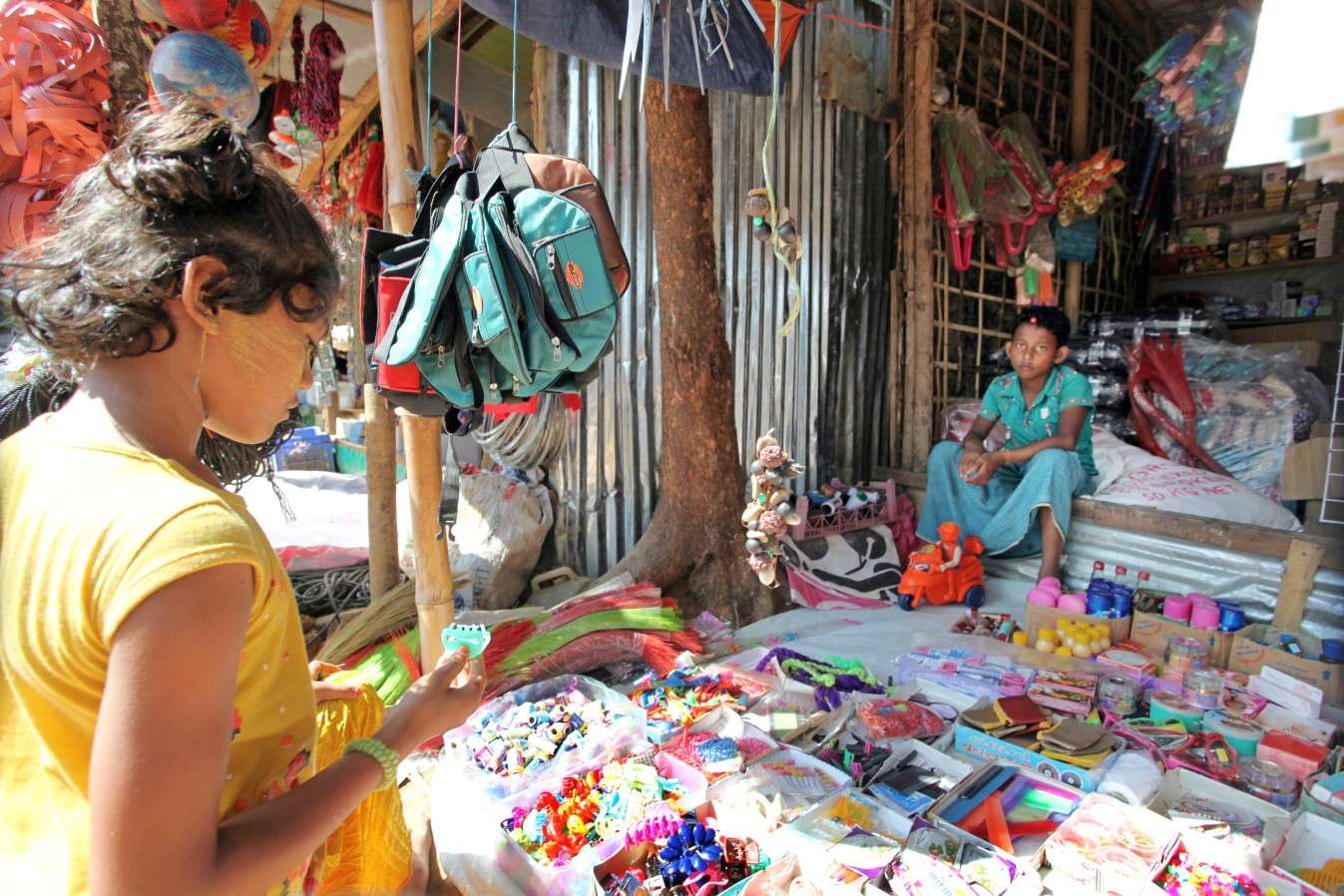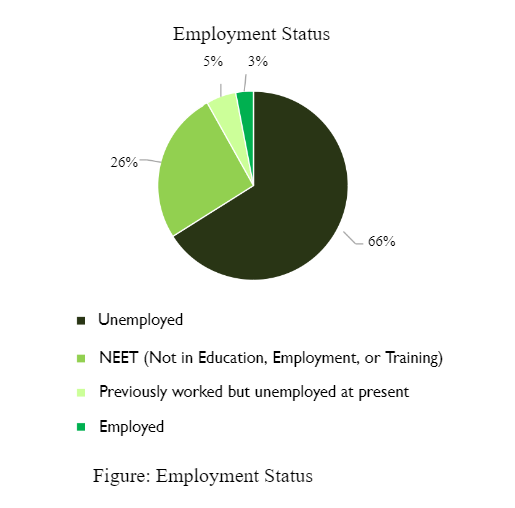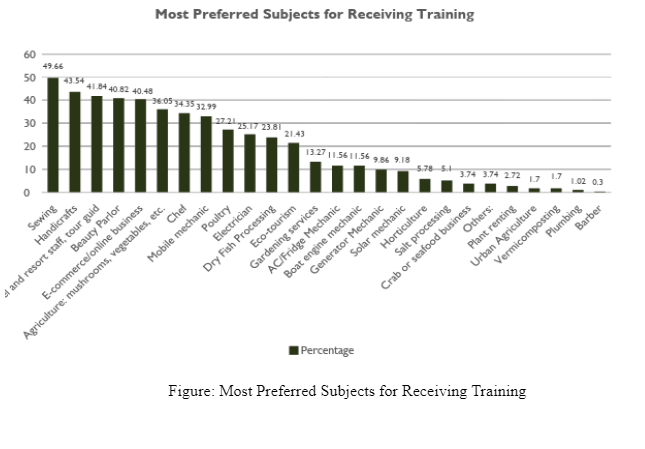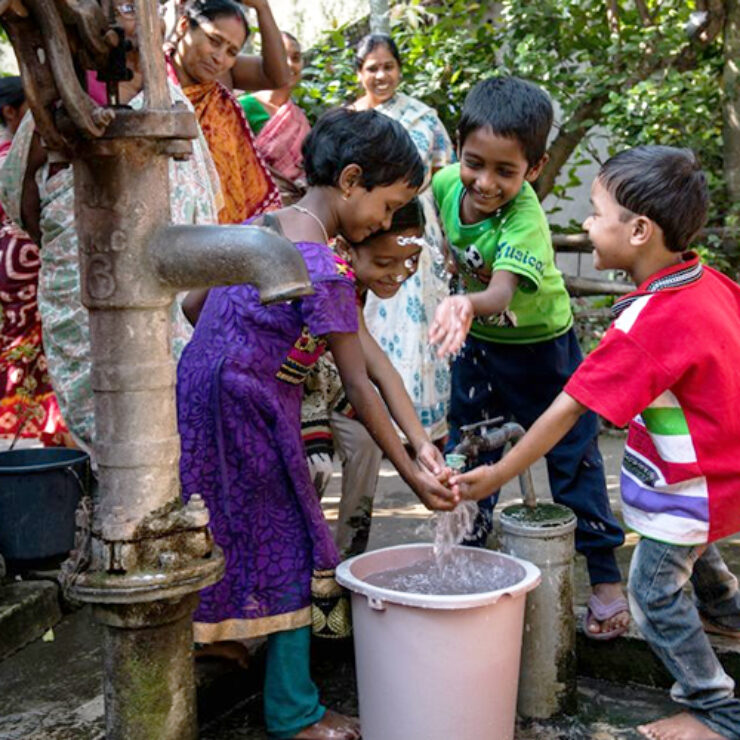
Exploring Cox’s Bazar, In Terms of Employment Opportunities
Purpose/Background of the study
One of the things that is hindering Bangladesh’s economy from developing to its full potential is the country’s very high unemployment rate. As of the year 2020, the national rate of unemployment was 4.15 percent (World Bank, 2020). The Bangladesh Bureau of Statistics (BBS), reports that the jobless rate among young people is as high as 10.6 percent. The vast majority of school-aged boys and girls who live in rural regions are unable to successfully finish their formal education. These dropouts are either engaged in the informal economy or continue to be jobless. Young people in Bangladesh who are looking for work confront enormous obstacles in the form of a dearth of youth-friendly employment options, relevant work experience, youth-friendly employment prospects, and inadequate career counseling.
USFS/IP has created a USAID-funded initiative called Community Partnerships to Strengthen Sustainable Development (COMPASS). COMPASS plans to create a Youth Conservation Corps (YCC) to involve Bangladeshi youngsters in natural resource management, enhance technical and soft skills, promote environmental stewardship, and provide formal job possibilities.
A pilot initiative was established in Cox’s Bazar District, targeting underprivileged and vulnerable children who have not completed secondary education.
This study conducted an assessment to analyze the needs, perceptions, attitudes, skills, and challenges of marginalized youths; understand the supply and demand of technical and soft skills in the market; and identify the prospects of providing skill development training to the youths, which will help the USFS/IP team incorporate appropriate intervention strategies into the Compass program for the amelioration of the underprivileged.
This study was intended to concentrate on the eight distinct upazilas that make up the Cox’s Bazar area. These include: Cox’s Bazar Sadar, Kutubdia, Chakaria, Ramu, Pekua, Maheshkhali, Teknaf, Ukhiya.
Our Approach
This study was conducted using a combination of qualitative and quantitative approaches. The first step was to do quantitative research in the form of surveys. The second step was to conduct qualitative research in the form of Focus Group Discussions (FGDs) and Key Informant Interviews (KIIs). A total of ten focus groups with marginalized youth were held to gather information on their needs, perceptions, attitudes, skills, and obstacles. FGDs provided greater insights regarding youth preferences, perceptions, and challenges. KII tools collected data from two major stakeholders: local residents engaged in the same form of work as the preselected IGAs and the ecosystem actors (e.g. GoB actors, NGOs, INGOs, Youth-led Organizations, Sector Associations, CMSMEs). This research was conducted to understand the youths’ Knowledge, Attitudes, and Practices (KAP). Using this knowledge, training models and methods can easily be created that are appropriate and fitting for the beneficiaries.
Findings from the study
From the survey, 194 (66%) of the youths are currently unemployed, 77 (26%) are not in education, employment, or training (NEET), 15 (5%) were previously employed but are now unemployed, and only 8 (3%) are working at the moment.

The study team interviewed 294 people, 54 percent of whom were men and 46 percent of whom were women between the ages of 16 and 30. The survey also found that the people who responded had three different types of education: General (88%), Madrasah (10%), and Technical and Vocational Education Training (2%).
This research examined juvenile knowledge, attitudes, and behaviors. Information was collected on their present work status, training experiences, and training desires. Out of the 294 respondents, only 51 (17%) said they had received training, while 243 (83%) said they had not. The ones who received training, 65 percent stated that they received technical training, 21 percent vocational, and 14 percent soft skills). They want continuing training, particularly in communication, cooperation, and time management. 57% of respondents want distinct training programs for men and women, and 63% like training to last between 1-3 months. 89 percent of youths are more inclined to training if they get a monthly stipend. They are keen to participate in additional training programs to build new talents and enhance current ones.
Women generally don’t want to move for training. Among the 135 female participants, 37% said they would attend training programs if they were provided with accommodation, whereas 63% said they would not enroll if they had to be away from home.
It was discovered that of the 169 people who took part in the study, 57.48 percent wanted gender-specific training, while just 42.52 percent preferred co-educational instruction. Their discomfort is significantly caused by some social and religious obstacles. Women will not like to join co-ed training programs. Local women feel uncomfortable obtaining training alongside male participants. Also, mothers claimed that residential training implies leaving their children behind. So, most of them wouldn’t like to attend training programs away from home, hence they would prefer gender-specific training.
The top ten IGAs (Income Generating Activities) that the youths want to work in are Sewing/Tailor shop, Handicrafts. Hotel Management, Beauty Parlor, E-commerce/F-commerce, Mushroom cultivation, Chef, Mobile Mechanic, Poultry, Electrician. All the IGAs preferred by the youths are in the list of pre-selected IGAs of the project.

Recommendation
The study highlights, the youth of Cox’s Bazar lack the knowledge that soft skills training is necessary which can improve one’s ability to work with others. On that note, youngsters need to comprehend that technical and vocational training alone will not be enough to provide them a job that they like. They should be provided with adequate employment information, application expertise and counseling. Ensuring follow-up contact with trainees to check in on them or notify them of possible career prospects helps inspire and motivate them to continue ahead after obtaining training. Providing a stipend might motivate them to enroll in a training course. Incentives play a crucial factor in providing skills developing training, as majority youths said they’d only join training programs if compensated. The top 10 IGAs chosen as preferences by the youths, can be considered as a potential sector for providing training on. Youth often face limited access to capital while starting off their business, hence they should be connected to local banks or MFIs to help them get their businesses off the ground.
When discussing women, if a gender-exclusive setting for women and day care for their children can be offered, this will make away-from-home sessions more comfortable for them.
To sum up, the survey results reveal a number of key challenges that are making it very difficult for youth to break into the job market. But this is a matter of optimism that youth at Cox’s bazar are keen to receive training in various fields. This indicates that there is no reluctance from young people to be interested in learning or doing a job, but there is a lack of adequate management.




